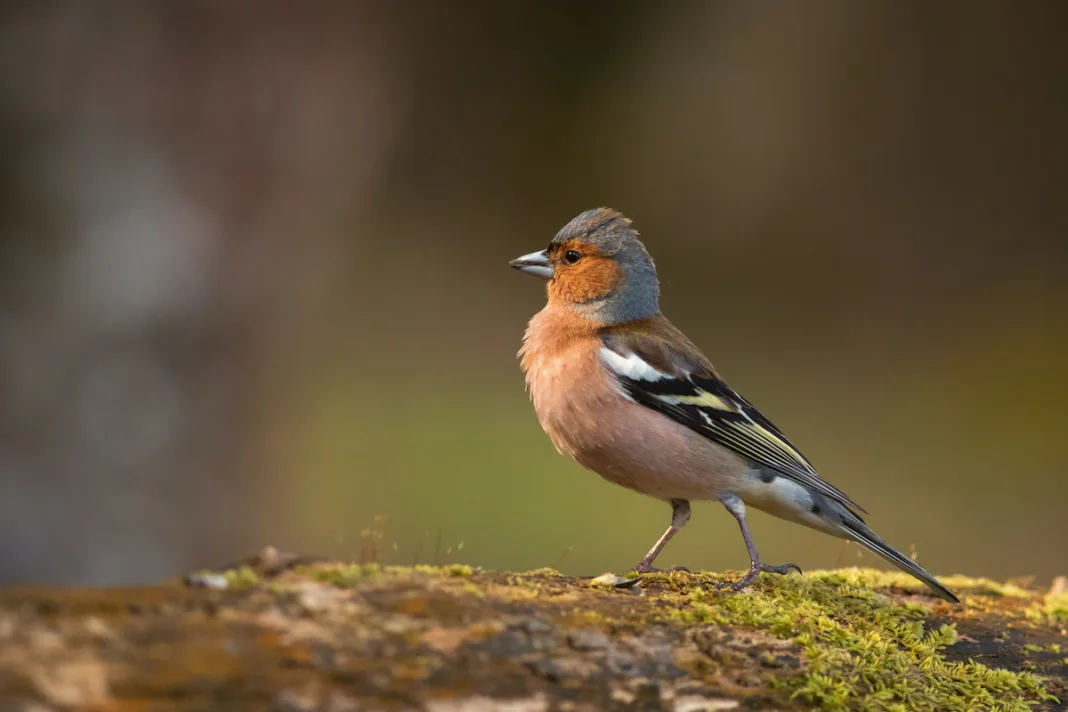Close breeding and inbreeding are used sparingly by fanciers to fix traits they value. What does wild bird behaviour tell us about these techniques? PAUL DONOVAN investigates.
INBREEDING is the mating of individuals which are close genetic relatives. Examples are brother to sister, mother to son and grandparents to grandchildren. In humans, it is well known that such breeding can lead to recessive traits. Yet in the animal world, inbreeding is a widespread occurrence throughout nearly all animal groups.
What is interesting is that in the animal world we do not see a lot of the mutations that are documented in humans. In fact, in some isolated species of birds, inbreeding has contributed to their survival. In certain far-flung colonies, it is not so much the environment that makes the colony healthy – contrary to previous belief, environmental quality may be a relatively minor factor – but the level of inbreeding among the birds that make up the colony.
Although scientists understand plenty about inbreeding, there are some crucial aspects of it which have been poorly studied. For example, little is known about short-term, genome-wide “expression effects”. An expression effect is the process by which the information encoded in a gene is turned into a function – in other words, is “expressed”.
One obvious disadvantage of inbreeding is that it does not allow genetic variation to occur in the genes that are spread across the various chromosomes. A restriction can hinder, or be detrimental to that gene pool, and lead to the occurrence of undesirable mutations. Inbreeding increases homozygosity: inheriting the same versions of a genomic marker from each biological parent.
This leads to inbreeding depression, which is where poor reproduction, poor performance, fewer offspring, poor hatching rates, shorter lifespan, abnormal nesting behaviour, susceptibility to disease (although this may not necessarily be solely genetically based) and physiological problems occur in individuals. Inbreeding may also affect a male bird’s singing ability, for example, which will adversely affect his chances of mating.
Biased dispersal
Some species of birds have built-in avoidance mechanisms for close inbreeding. In other words, they actively avoid breeding with closely related individuals. Other species are less choosy, and will practice inbreeding. Those that avoid it do so through gender-biased dispersal. This is where individuals of one sex may stay in, or return to, their flock to breed, while individuals of the other sex tend to disperse to new regions or flocks.
In Africa, where I live, one species that avoids inbreeding at all costs is the southern pied babbler (Turdoides bicolor). The sex-biased dispersal of this softbill is one of the most marked of all birds. These birds never place themselves in situations where there is the risk of being mated to a relative!
But what if physical dispersal is not possible, and contact with related individuals is inevitable? For one thing, individuals need to be able to recognise their relatives so as to avoid inbreeding. And there is some evidence that birds may be able to learn to tell apart kin from non-kin. This can happen while the young are still in the nest, or as the individuals grow.
The case of the kakapo
While there is convincing evidence to suggest that inbreeding may increase the risk of extinction in small populations, one species of bird shows that the opposite can be true: the kakapo (Strigops habroptila). Here is a bird whose very survival can be directly attributed to inbreeding.
Endemic to New Zealand, the kakapo is a flightless and nocturnal parrot, and is, famously, one of the most endangered birds in the world. Just over 200 individuals survive.
Scientists doing research into the genome of this species found that, despite undergoing effectively 10,000 years of inbreeding, kakapos have far fewer harmful mutations than expected.
How is this? The answer would seem to be that throughout those millennia the birds have undergone a process called purging. In purging, a population becomes inbred, but some of the negative mutations begin to reproduce less. Eventually, in the kakapo, some of the harmful mutations have eventually cancelled one another out.
A variable risk
Inbreeding remains a contentious subject. Science may seem to be telling us one story, while nature can be telling us completely the opposite. Much seems to depend on the size of the flock or colony. It is in small, isolated flocks that continual inbreeding is most likely to bring about a loss of genetic diversity and all the associated problems that arise from that. At worst, the result can be the extinction of the colony.
In a larger flock, genetic mutations may eventually be bred out because individuals have more mates to breed with, and therefore a greater gene pool to draw upon.
Paul Donovan has worked with numerous bird species over a 30-year career in zoos. He lives in Zambia.
Find more news and articles like this on the Cage & Aviary Birds website. Subscribe to Cage & Aviary Birds magazine now.


